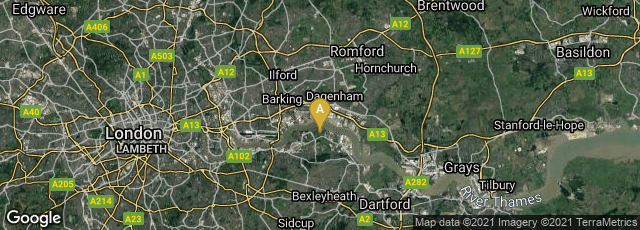Between 1824 and 1830 English printer, bookseller, publisher, newspaper proprietor, and campaigner for social justice and the free press
Henry Hetherington served on the founding committee of the
London Mechanics Institution founded by George Birkbeck. He was thus connected to the same efforts to educate working men as members of the SDUK. However, unlike Birkbeck and Brougham and members of the SDUK, Hetherington was a political radical, while in their many publications the SDUK deliberately avoided taking controversial political positions.
"In an attempt to prevent working-class people from absorbing radical ideas, the Tory government of
Lord Liverpool had increased the stamp duty on newspapers to four pence in 1815, and extended it to cover periodicals in 1819. This ensured that only the affluent could afford to buy a paper. Radical publishers such as
Thomas Wooler,
Richard Carlile and
William Cobbett sold their publications duty paid, their sales declined and there was little attempt to defy the law during the 1820s.
[24][25]"In 1830, however, the campaign for electoral reform was boosted by the
July Revolution in France, which created a market for a radical working-class press. On 1 October, Hetherington published an unstamped paper,
The Penny Papers for the People, Published by the Poor Man's Guardian, quickly followed by
William Carpenter's
Political Letters. Both were prosecuted, thus commencing the
War of the Unstamped.
[26] Between 1830 and 1836 several hundred unstamped newspapers were published and over 800 people were imprisoned for distributing them.
[27] Hetherington published a string of such papers, the best known and most important being
The Poor Man's Guardian (1831–1835), whose front page bore the slogan "Established Contrary To "Law" To Try The Power Of "Might" Against "Right"".
[28]"Hetherington did not edit his own papers, using
James Bronterre O'Brien and other writers to do so.
[29] Instead he toured the country, addressing NUWC meetings where he denounced the
Whig Reform Bill for excluding working-class voters and the government for suppressing press freedom. He combined these activities with recruiting vendors and setting up distribution networks for his papers.
[30]"His high-profile made him one of the government's main targets for prosecution. He was imprisoned three times, fined and his printing presses were seized. He always defended himself in court and his defiant speeches from the dock were sold as cheap pamphlets.
[31] His exploits in avoiding the police, such as adopting various disguises, were widely reported in the unstamped press and Hetherington became a hero to his readers.
[32][33] At the height of its popularity (1832–1833),
The Poor Man's Guardian sold around 15,000 copies per edition, with a readership of several times that number.
[34]On October 1, 1830 Hetherington published a
letter dated October 1, 1830 announcing that he would begin publishing a series of pamphlets weekly at the cost of one penny to support freedom of the press and in "an attempt to evade laws; and in order to justify such evasion, according to our own proposition, we must prove that such laws, at least are unjust; — and if we do so, our conduct will require no further apology...." These weekly pamphlets each had different titles until on 25 December 1830 Hetherington launched his
A Penny Paper for the People, by the Poor Man's Guardian.
Notably Hetherington incorporated into the logo of these pamphlets and his newspaper, "Knowledge is Power" and "Liberty of the Press." The motto, "Knowledge is Power," he shared with the Mechanic's Institution and the SDUK.

